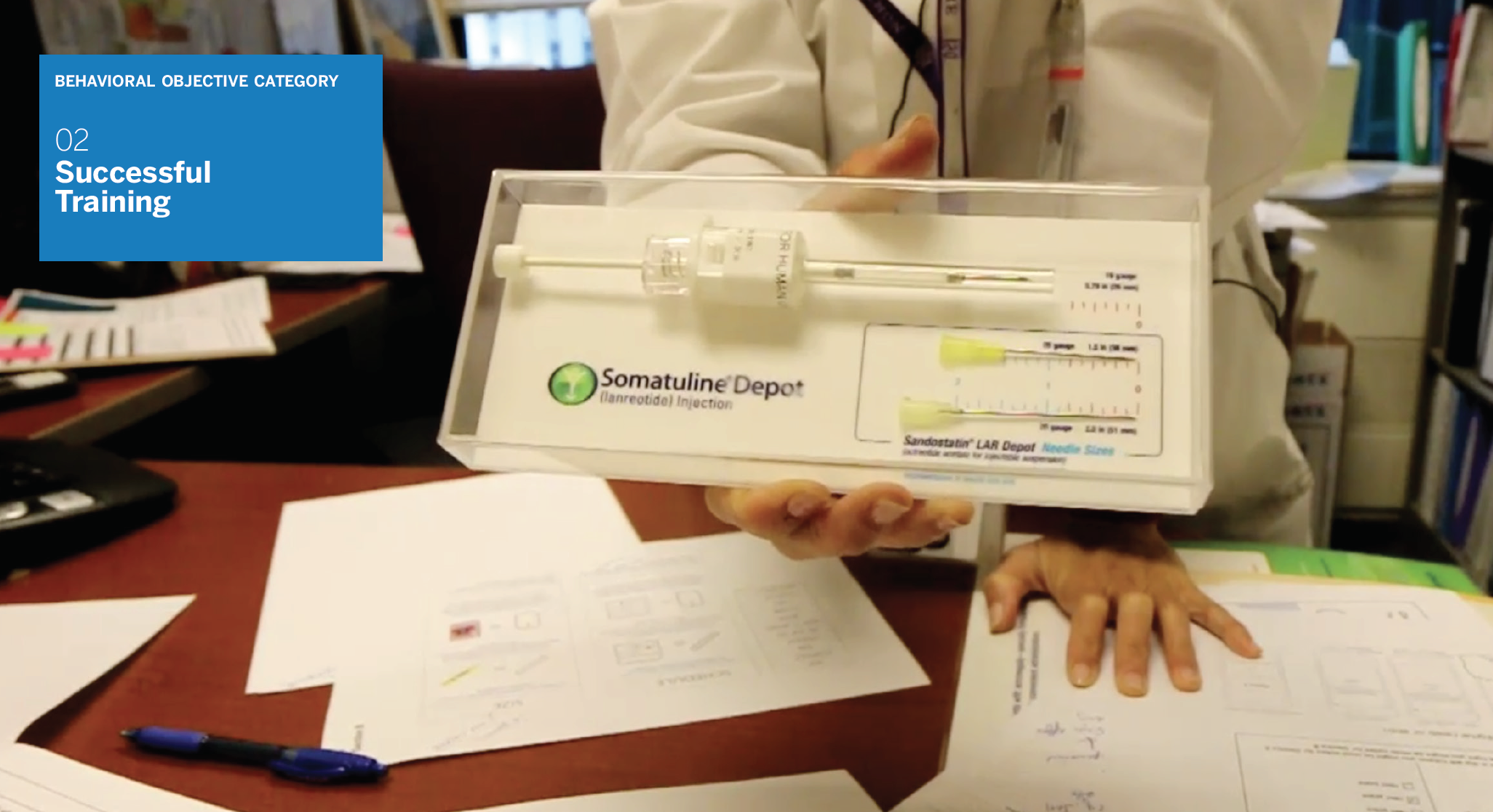Patient Onboarding Experience Design
Developing an Educational Journey for Amgen's Cholesterol Treatment Therapy
Project Overview
Led research and strategy development for a comprehensive patient onboarding experience for Amgen's new injectable cholesterol therapy. The initiative focused on creating an intuitive, supportive educational journey to ensure proper medication administration and treatment adherence.
Strategic Challenge
Amgen needed to:
Design an intuitive onboarding experience for self-administered injections
Build patient confidence in self-administration
Ensure proper medication handling and injection technique
Support long-term treatment adherence
Address varying levels of health literacy and technical comfort
Integrate with healthcare provider workflows
My Role & Responsibilities
As Project Lead for Research and Strategy, I:
Designed and executed multi-phase research plan
Facilitated co-creation sessions with stakeholders
Led strategic planning with cross-functional teams
Managed prototype development and testing
Orchestrated content strategy development
Research & Development Process
Phase 1: Co-Creation Research
Conducted collaborative sessions with key stakeholders:
Healthcare Providers
Physicians specializing in cholesterol management
Nurses experienced in patient education
Clinical staff involved in treatment administration
Patients
Various age groups
Different experience levels with self-injection
Range of health literacy levels
Phase 2: Content Development & Testing
Conducted structured interviews to evaluate:
Message clarity and comprehension
Content effectiveness
Educational material accessibility
Visual instruction understanding
Patient confidence levels
Phase 3: Experience Design
Facilitated design workshops focusing on:
Key patient touch-points
Educational content sequence
Support material formats
Digital interface design
Physical collateral development
Key Deliverables
Patient Journey Framework
Key moments and touchpoints
Educational milestones
Support requirements
Progress tracking mechanisms
Intervention points
Digital Prototypes
Two distinct design directions
Interactive educational modules
Self-assessment tools
Progress tracking features
Support resources
Content Strategy
Messaging guidelines
Tone and voice recommendations
Visual instruction standards
Educational content hierarchy
Multilingual considerations
Implementation Roadmap
Phased rollout plan
Resource requirements
Training recommendations
Success metrics
Evaluation criteria
Research Insights
Patient Needs
Clear, step-by-step injection instructions
Confidence-building support mechanisms
Easy access to healthcare provider support
Progress tracking and reinforcement
Emergency situation guidance
Healthcare Provider Requirements
Efficient patient education tools
Treatment adherence monitoring
Communication channels
Progress assessment capabilities
Integration with existing workflows
Impact & Innovation
Design Solutions
Intuitive digital learning modules
Multi-format educational materials
Interactive demonstration tools
Progress tracking systems
Support network integration
Patient Benefits
Enhanced understanding of treatment
Increased confidence in self-administration
Better adherence to treatment protocol
Improved access to support resources
Clear progress visibility
Success Factors
Collaborative stakeholder engagement
Evidence-based design approach
User-centered content development
Iterative testing and refinement
Integration of multiple perspectives
Tools & Methods Used
Co-creation Workshop Techniques
User Interview Protocols
Content Testing Frameworks
Prototype Development Tools
Experience Mapping Methods
Stakeholder Alignment Workshops
Key Learnings
Importance of emotional support in patient education
Value of multi-modal learning approaches
Need for flexible, personalized experiences
Critical role of healthcare provider integration
Impact of clear, consistent communication






